Zephyranthes flower: proper plant care at home
Zephyranthes or the lily of the fairies - a flower of extraordinary beauty, the home of which is considered to be the subtropics or tropics of South America. Abundant rains brought by westerly winds and a sufficient amount of moisture contribute to the rapid growth of zephyranthes, therefore it is also called "upstart".
Literally within two days after appearing above the ground, it blooms gently with white, pink, sometimes golden flowers. There are about forty species of zephyranthes. The flower is very popular among both gardeners and indoor plant lovers. For its elegant beauty, it is also called indoor daffodil.
Content:
- Features of the structure of indoor zephyranthes
- What conditions are needed for a flower?
- Watering, feeding, transplanting
- Zephyranthes breeding methods
- Pests, their signs and control of them
- Problems with growing Zephyranthes
Features of the structure of indoor zephyranthes
The upstart is a perennial bulbous plant of the Amaryllis family. It has narrow, linear green leaves up to 40 cm in length, as well as a hollow tubular peduncle reaching 30 cm, which appears from small rounded bulbs with a diameter of up to 3 cm.It blooms with beautiful single flowers, somewhat reminiscent of crocuses, when opened. the diameter reaches 8 cm.
The plant owes its name "upstart" to its ability to shoot arrows (peduncles), which develop very rapidly and bloom with the most delicate flowers within a couple of days after germination.
The plant blooms, as a rule, in April and continues to bloom until the end of summer.
In the winter season, the flower can also bloom. For example:
- Zephyranthes Atamas white-flowered blooms from March to May
- Zephyranthes snow-white blooms in July and blooms until October
- Zephyranthes large-flowered pink pleases with its flowering in April and May
- zephyranthes multicolored (white inside, red-green outside) surprises everyone with its colors in January
What conditions are needed for a flower?
Tropical flower zephyranthes loves warmth and moisture. Accordingly, the house where it grows should be warm and humid:
- The soil of the upstart needs to be moistened regularly, but it should not be constantly wet. This will prevent the bulbs from rotting.
- A comfortable temperature for a flower is 18-20 degrees, it should rest at a cool 10-15-degree temperature.
- The plant requires a bright lighting, sometimes even tolerates direct rays well. It can be placed on the south, west and east sides of a house or apartment.
In summer, the flower must be taken out to the balcony for airing and periodically sprayed it.
Watering, feeding, transplanting
Proper watering probably plays a major role in caring for indoor daffodils. The soil where the flower lives should always be moistened and loosened. Dry topsoil is a call for watering the potted plant. Irrigation water must be well separated and clean. During the wintering or dormancy period of the flower, scanty watering is carried out, solely to maintain the bulbs and leaves.
It is necessary to feed the flower during the growth period and for flowering with special fertilizers for this type of plant.
Every year, after wintering or dormancy, the plant is transplanted. The container for a bulbous plant should be low but wide in order to fit three to five bulbs. When a flower grows in bunch, from several bulbs, during the flowering period it is covered with many beautiful flowers. The leaves are almost invisible, this is a very spectacular sight.
For replanting the bulbs, the pot is filled with nutritious moist soil consisting of turf, sand and humus. In the usual way, the flower bulbs gently and evenly sit in it, their necks should remain on the surface of the substrate. The plant must be provided with good drainage. Correct watering, providing the plant with warmth and light will accelerate the growth and flowering of the upstart.
Zephyranthes breeding methods
Zephyranthes can be propagated in two ways:
- daughter bulbs
- seeds
Labor-intensive seed reproduction is used less often, it does not always live up to expectations. And the annual transplantation of the plant with updated bulbs is quite effective. After the correct transplantation and care, the next year the new flower will definitely bloom. Zephyranthesa Robustus variety reproduces well by seeds. This large-flowered daffodil blooms in early spring and has a dormant period in the fall.
Plants planted with seeds will bloom later than those propagated by bulbs - they will bloom only after two to three years.
In an apartment, sowing is carried out immediately after collecting seeds. They must be planted in moist soil, which is usual for a plant. The pots are small, seedling cups may work as well. The seeds do not fit deeply, the main thing is to keep a distance of about two to three centimeters from each other.
Then the containers are covered with plastic cups or foil, they need a certain temperature - about 22 degrees. The first shoots will appear within four weeks. It will be necessary to transplant an already strengthened plant into a large container only after complete rooting and the appearance of a small bulb.
Pests, their signs and control of them
Zephyranthes, like all green spaces, can get sick, although the flower is considered relatively resistant to many diseases and pests. It can be damaged by whitefly, spider mites, aphids, scale insects and amaryllis scale insects:
- Spider mite - a cobweb forms on the plant, buds and flowers wither and may fall off. Dry air and untimely watering provoke the disease. The flower is sprayed with soapy water, so you can easily cope with a small lesion. If the plant is more affected, it should be sprayed with 0.15% actellic solution (dilute 2 ml of the product in 1 liter of water).
- Whiteflies are tiny white insects that live on shoots and leaves. Their larvae are located on the lower part of the leaves, they feed on the sap of the plant and leave characteristic secretions on the surface. The leaves begin to turn yellow and fall off. How to deal with a pest? It is quite difficult to remove the whitefly: you need to reduce watering, fertilize the flower and process insecticide or decis.
- Amaryllis bug - These small, whitish pests reproduce under the scales of the zephyranthes bulbs. After that, the flower does not grow well, its leaves turn yellow and dry out. The waste products of worms can serve as a soil for the development of a sooty fungus. How to deal with a pest? The flower is watered with insecticide (2 ml per liter of water). The soil should not be waterlogged, and it is better to remove the affected bulbs.
- Scabbards are brown growths that form on the green part of the plant. The leaves dry up and fall off, the buds are not tied. How to fight? The flower is sprayed with actellik solution, you can use karbofos or decis.
But the upstart dies from pests quite rarely, in most of its cases it suffers from rotting of the bulbs, that is, from excessive watering. From extreme heat and low humidity, the flower can also disappear, just dry out.
Problems with growing Zephyranthes
Zephyranthes does not bloom if:
- the air temperature during the dormant period of the plant was significantly higher than the required
- soil moisture exceeds the required level
- the plant is not enough lighting
- there was an overdose of fertilizers
By eliminating these reasons and creating the most comfortable conditions for the plant, you can easily cope with the problem, and your plant will delight you with lush flowering. Zephyranthes dies when:
- waterlogged soil
- withering away root system
You can save a flower by pulling the bulbs out of the ground, drying them and replanting them in new soil. After transplanting, they should not be watered for three days in order to prevent the final decay of the bulbs.
Indoor daffodil (zephyranthes, upstart) is easy to grow on your windowsill, the main thing is not to forget to take care of it and follow the basic simple rules regarding caring for it. If the conditions for growing the plant are selected as correctly as possible, then zephyranthes will bloom regularly and densely, delighting you with its spectacular appearance and arousing the envy of your guests.
More information can be found in the video:



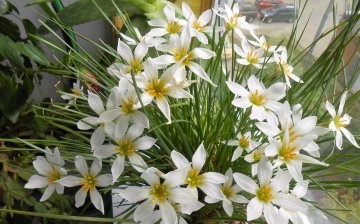
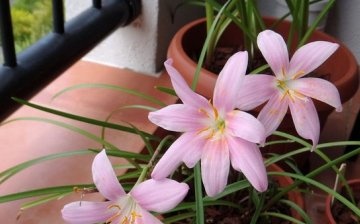

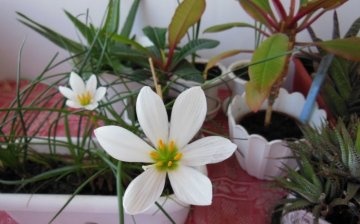
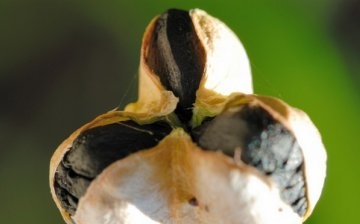
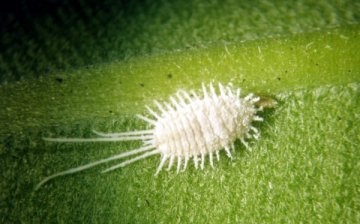
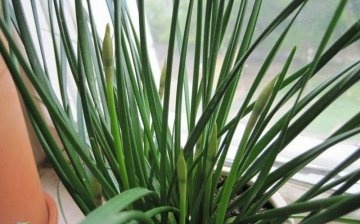







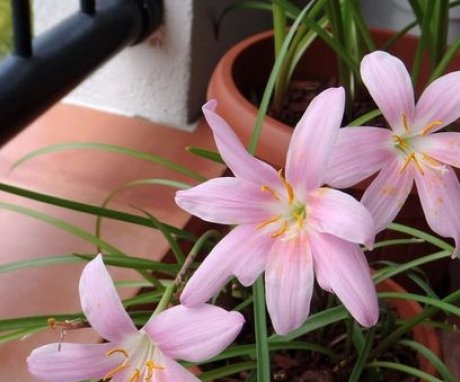
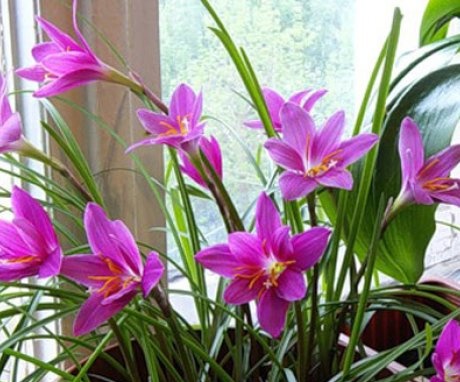
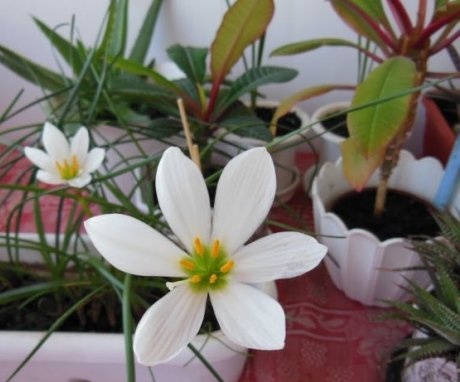
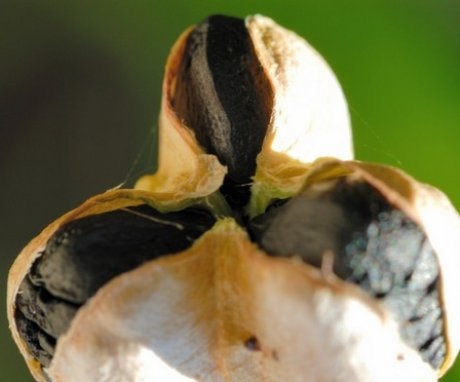
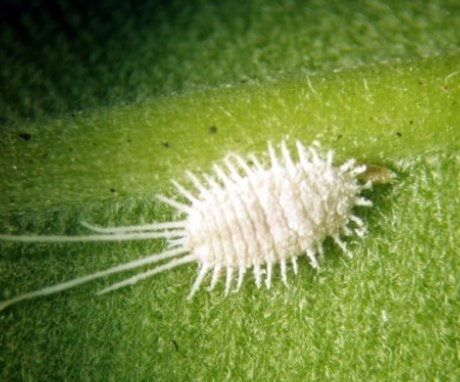
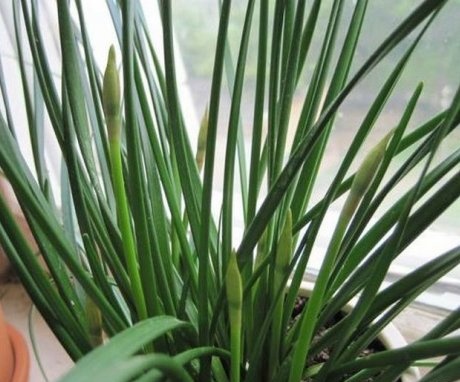
I tried to grow zephyranthes - I think it is a rather capricious plant, when it blooms, it is simply magnificent. I never got accustomed, the climate in summer is dry and hot, probably overheated.
The wife does not do special care for this home flower. He pays special attention to the correct selection of land for the plant and, of course, strictly monitors watering. The rest is very unpretentious, at least in our country.